COLOR STRUCK
Essays on Race and Ethnicity in Global Perspective
Julius O. Adekunle and Hettie V. Williams

Copyright 2010 by
University Press of America, Inc.
4501 Forbes Boulevard
Suite 200
Lanham, Maryland 20706
UPA Acquisitions Department (301) 459-3366
Estover Road
Plymouth PL6 7PY
United Kingdom
All rights reserved
Printed in the United States of America
British Library Cataloging in Publication Information Available
Library of Congress Control Number: 2009943009
ISBN: 978-0-7618-5064-9 (paperback : alk. paper)
 The paper used in this publication meets the minimum requirements of American National Standard for Information SciencesPermanence of Paper for Printed Library Materials, ANSI Z39.48-1992
The paper used in this publication meets the minimum requirements of American National Standard for Information SciencesPermanence of Paper for Printed Library Materials, ANSI Z39.48-1992
Contents
Julius O. Adekunle
Julius O. Adekunle
Indira Jalli
Magid Shihade
James M. Thomas
Kwaku Osei-Tutu
Hilde Neus
Andrew Jolivtte
9 Militant
Multiraciality: Rejecting Race and Rejecting the Conveniences of Complicity
Rainier Spencer
Kerry Ann Rockquemore and David L. Brunsma
Johanna E. Foster
Francis Wardle
DeMond S. Miller, Jason D. Rivera, and Joel C. Yelin
Andrew Jolivtte
G. Reginald Daniel and Gary L. Haddow
G. Reginald Daniel and Gary L. Haddow
Hettie V. Williams
Philomina Okeke-Ihejirika
Marsha J. Tyson Darling
Magid Shihade
Dru C. Gladney
Reza Hasmath
Mariana Tepfenhart
Preface
Color Struck: Essays on Race and Ethnicity in Global Perspective is a compilation of expositions on race and ethnicity written from multiple disciplinary approaches including history, sociology, womens studies, and anthropology. This volume is organized around a topical chronological framework and divided into three sections that begin with earliest times to the contemporary world. is titled Race, Ethnicity, and Conflict in Contemporary Societies. Scholars have contemplated the subjects of race and ethnicity for decades in a variety of textbooks or in a plethora of edited volumes. The great majority of this plethora has come largely from singular disciplinary approaches often with a distinct regional focus such as North America, Latin America, Asia, or Africa. Some of the more recognizable works with a distinct regional concentration include Paul Spickard, Mixed Blood: Intermarriage and Ethnic Identity in Twentieth Century America (1989); Frank Dikkster, ed., The Construction of Racial Identity in China and Japan (1997); and Peter S. Li, Race and Ethnic Relations in Canada (1999). Several studies on Africa, Latin America, and the Caribbean include Peter G. Forster, Michael Hitchcock, and Francis F. Lyimo, eds., Race and Ethnicity in East Africa (2000); Ralph Premdas, ed. The Enigma of Ethnicity: An Analysis of Race in the Caribbean World; and Arlene Torres and N.E. Whitten, ed., Blackness in Latin America and the Caribbean: Social Dynamics and Cultural Transformation. In this book, we have brought together contributors writing across time, discipline, and region.
The term race has nearly become synonymous with the word ethnicity, given the most recent findings in the study of human genetics that have led to the mapping of the human DNA. These findings indicate that race as applied to distinct categories of human communities is virtually obsolete. With the human genetic code having been revealed by scientists in 2001, studies of race and ethnicity have taken a new turn. The most recent volumes on the subject of race and ethnicity have indeed taken a combined approach and become more expansive in terms of geographic coverage. The first book to compare the racial and ethnic systems that have emerged around the world, including essays on China, the West Indies, Africa, Brazil, and the Americas, is Paul Spickards edited volume, Race and Nation: Ethnic Systems in the Modern World (2004). This text includes chapters on the subject of race and ethnicity written by historians, sociologists, anthropologists and political scientists. The Spickard text involves contributors writing about race and ethnicity across multiple disciplines, time periods, and geography. Rodney D. Coates, author of Race and Ethnicity: Across Time, Space and Discipline (2006), adopts a similar methodology as Spickard, in terms of space and disciplines, but his work is not as comprehensive as the Spickard book in terms of geographic regions covered. In the Coates work, the concentration is primarily on the African American experience in North America. The edited volume by Charles Gallagher Rethinking the Color Line: Readings in Race and Ethnicity (2008) although embraces a comprehensive format seems to also emphasize the experience of a particular group in a distinct region (primarily ethnic communities in North America). Color Struck is therefore an attempt to reconcile the time-space considerations along with a more comprehensive interdisciplinary overview while at the same time allowing for a complete section on the emergent field of Mixed Race Studies.
Mixed Race Studies is a fast growing field, and a highly controversial area within the context of American ethnic studies. of this volume is directly devoted to the rising sub-discipline of Mixed Race Studies. Mixed Race Studies has engaged scholars in multiple disciplines and the issues of mixed race identity and community have been examined in various books and edited volumes since the early 1990s. The clinical psychologist Maria P. P. Root has played an important role in the development of important literature on mixed race subjects. Her edited volumes Racially Mixed People in America (1992) and The Multiracial Experience: Racial Borders as the New Frontier (1996) are considered standard works in the Mixed Race Studies debate. Paul Spickards Mixed Blood, is also considered a key text in the emergent discipline. The sociological study by G. Reginald Daniels More than Black: Multiracial Identity and the New Racial Order (2001) can be classified, along with the works of Root and Spickard, as foundational texts in the study of mixed race identity and community in America. Philosopher Naomi Zack has also made significant contributions to the study of mixed race communities with her books Race and Mixed Race (1993) and American Mixed Race: The Culture of Microdiversity (1995). Controversy abounds in this new field due to the fact that scholars, such as Rainier Spencer, have challenged the very foundation upon which mixed race identity studies rests.
It is our hope that this volume will answer some questions and provide scholarly insight into issues related to race and ethnicity. Realizing that these are complex issues with unending arguments and criticisms, this volume is intended to generate further discussion and research in global racial and ethnic relations. Given the constaints of clarity and brevity, we have deliberately placed an emphasis, in terms of coverage, on the major world societies in Africa, Asia, and North America while also recognizing the complexity of issues related to race/ethnicity in places such as Suriname.
Julius O. Adekunle and Hettie V. Williams
Monmouth University


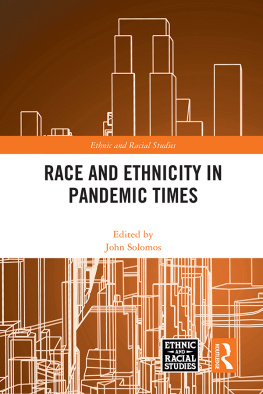
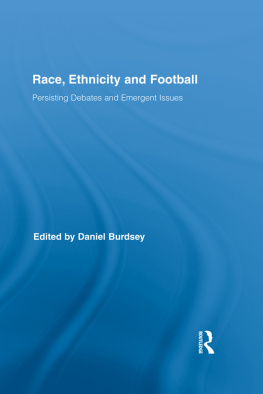
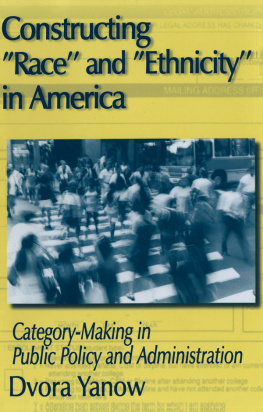
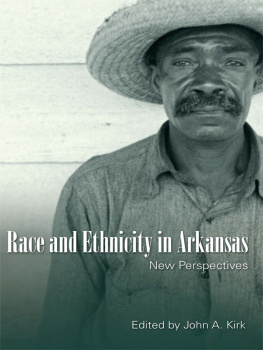
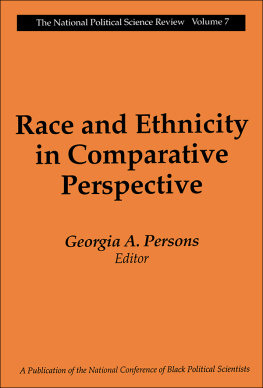
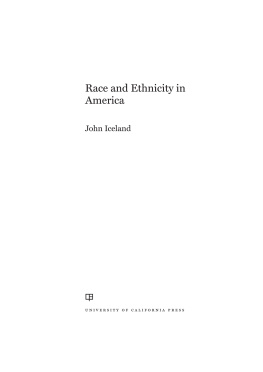
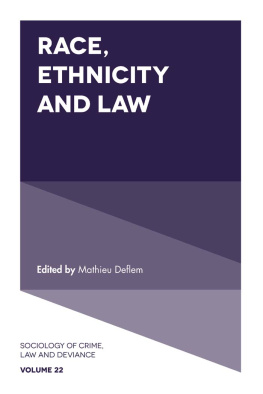
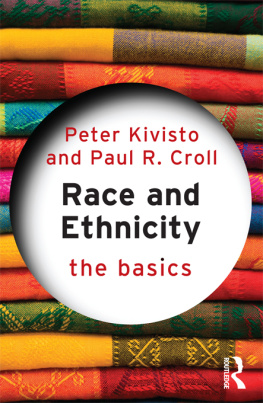

 The paper used in this publication meets the minimum requirements of American National Standard for Information SciencesPermanence of Paper for Printed Library Materials, ANSI Z39.48-1992
The paper used in this publication meets the minimum requirements of American National Standard for Information SciencesPermanence of Paper for Printed Library Materials, ANSI Z39.48-1992